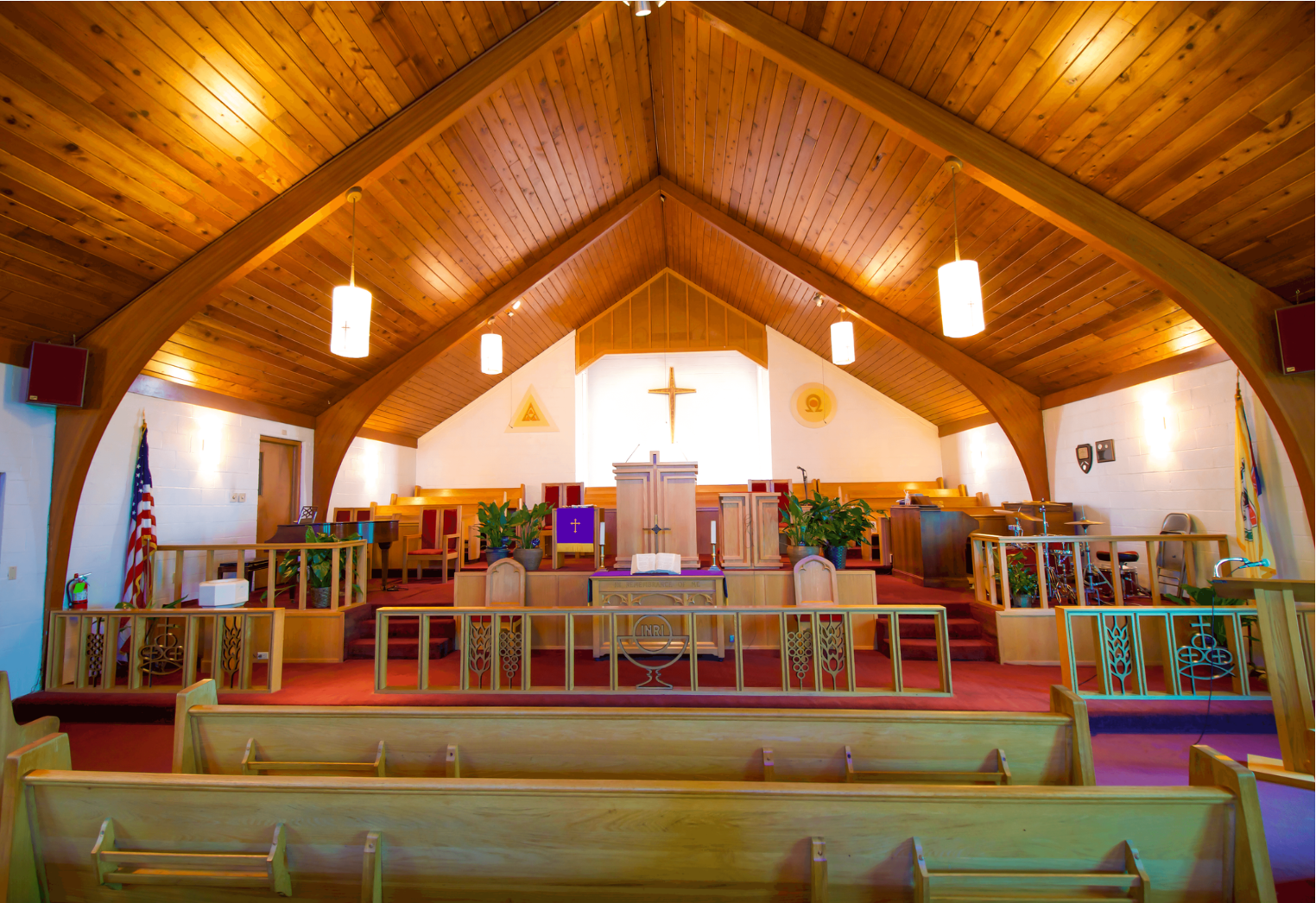St. John AME Church
ST. John AME Church was a site of spiritual and community uplift, as well as civil rights activism.
As the African American community in Niagara Falls, New York grew in the early twentieth century, black churches were established and became centers of spiritual and community uplift. One such church was St. John African Methodist Episcopal Church. It was “the first established, ongoing African American church in Niagara Falls.”
In 1906, St. John’s emerged from services being held in a home on 11th Street. It relocated a few times before moving to 13th Street in 1924. In its early years, St. John’s “served not only as a place of fellowship but also as an all-purpose institution for its members.”
Like other black churches in Niagara Falls, St. John’s “assisted Black migrants […] who were seeking spiritual guidance or knowledge about employment, housing, […] schools […], government agencies, recreation, or the whereabouts of other people from their southern home states or towns.”
In 1928, Reverend Donald Benjamin Barton helped establish the Niagara Community Center; several of its board members “faithfully attended” St. John’s.
Reverend Edgar L. Huff was appointed pastor in 1951. “He and his wife, Anna and their daughter, Doris saw the church experience epic growth.” The 13th Street church, which could seat 120 people, no longer sufficed. After a successful fundraising campaign led by Reverend Huff, a new church was built in 1961 at 917 Garden Avenue.
“The site of the new church is historically significant because the house that sat there was a stop on the Underground Railroad. There was a cave beneath the house where passengers on the railroad were hidden until they crossed over to Canada and freedom.”
On August 28, 1963, a delegation of 32 people from Niagara Falls arrived in Washington, D.C. on a chartered bus that had departed from St. John’s the night before. They had come to participate in the March on Washington. Reverend Huff and several community leaders gathered at St. John’s for a “farewell program” designed to “offer prayers and wish the marchers well.”
The marchers “represented such local organizations as the NAACP, the Congress of Racial Equality, the Niagara Falls Ministerial Council, and the Niagara Falls Cosmetology Club, which was a women's beauty society.”
Earlier that summer, St. John’s was the site of an NAACP rally against housing discrimination in Niagara Falls and it hosted related events over the years.
More recently, St. John’s has partnered with local initiatives to raise awareness about gun violence and to provide Covid-19 resources to the community. Reverend Makeeda Brooks’ ministry and "Take Back Niagara Initiative" carries on the leadership of her predecessors.
On its website, St. John’s is described as “located in the heart of the city with the city in it's [sic] heart!”
Hope L. Russell, Ph.D.


